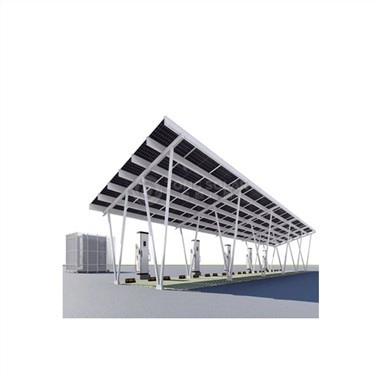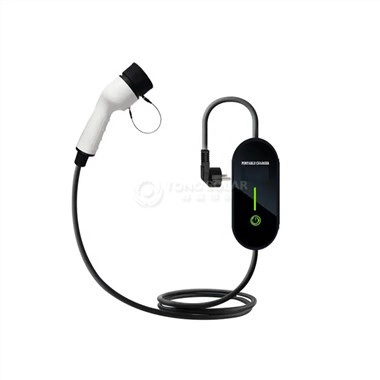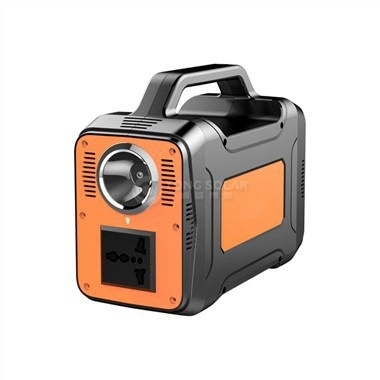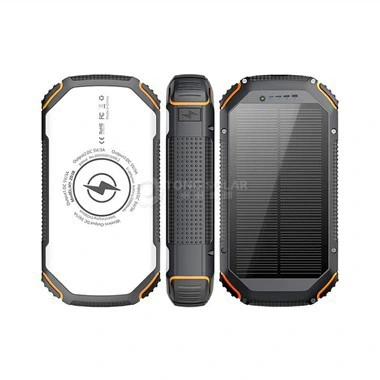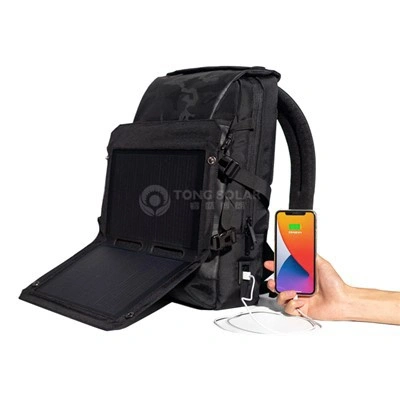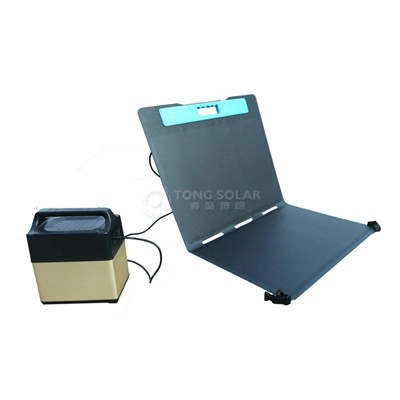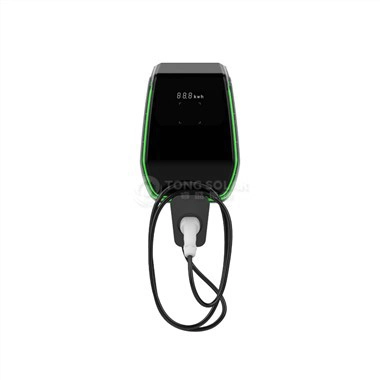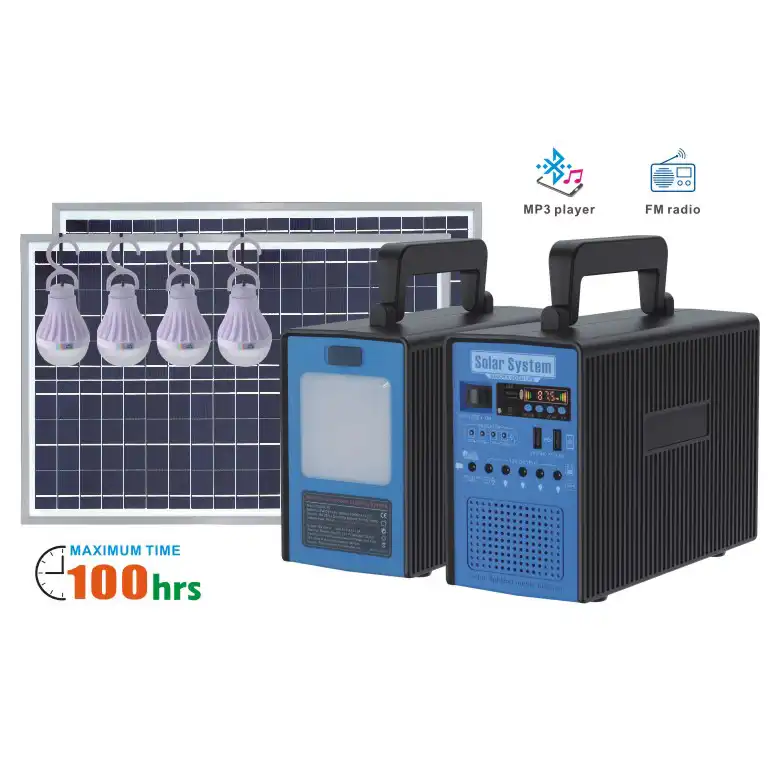Are Casual Series Solar Backpacks Durable Enough for Daily Use?
2024-03-15 14:34:05
What types of materials are Casual Series Solar Backpack made from?
Many Casual Series Solar Backpack meant for daily commuting and urban use are constructed using lighter weight materials compared to heavy duty hiking packs. Some common materials include:
- Polyester - Durable and water resistant synthetic fabric used for the main backpack material. More affordable than nylon but not as abrasion resistant.
- Nylon - A very durable and weather resistant synthetic fabric often used to reinforce high abrasion areas. More expensive than polyester.
- Canvas - Made of natural cotton fibers woven tightly, canvas is fairly durable but can be heavy when wet. Used often for a stylish look.
- Mesh - Lightweight mesh materials made of polyester or nylon are used for areas that need enhanced breathability like back panels.
- TPU Films - Thermoplastic polyurethane films are used to cover and waterproof solar panel segments. Extremely lightweight.
Many casual bags also utilize lighter weight hardware like plastic buckles, cord pulls and grommets to reduce overall pack weight for daily portability. They tend to lack extensive framework or internal frame structures.
What weak points should you look out for?
When evaluating a Casual Series Solar Backpack's durability, here are some potential weak points to look for:
- Stitching around straps - Can unravel over time with abrasion from putting on/taking off the pack.
- Zipper seams - Can split open if overstuffed repeatedly or strained.
- Mesh panel membranes - Prone to rips and tears if snagged or overloaded.
- Buckles and clips - Can crack or snap if low quality plastic is used.
- Charging cables - Can fray or short over repeated bending when plugging devices in.
- Solar cell connections - Loose solder points can disconnect panels from the circuit.
- Internal frame sheet - Can crack if the pack is dropped while holding heavy contents.
Scrutinizing stitching, seams, hardware and solar components closely will reveal how well the bag can hold up over time.
What aspects indicate better durability?
Look for these aspects to identify Casual Series Solar Backpack with enhanced durability:
- Ripstop Fabrics - Tight weave prevents tears from growing in size if snagged.
- Reinforced Base - Extra layers of fabric on the bottom panel improve abrasion resistance.
- Padding - Well-padded, ventilated straps and back panel spread weight to avoid discomfort and tearing.
- Weatherproofing - Water resistant coatings on the exterior fabric helps prevent deterioration.
- Heavy-duty Zippers - Sealing and smoothness of the zippers indicate longevity.
- Compression Straps - Cinch straps balance loads more securely during movement.
- Elevated Panel Port - Raised, protected panel connections prevent cable strain.
- Warranty Coverage - Good manufacturers will warranty bags against defects for 1-2 years or more.
Prioritizing these aspects when selecting a Casual Series Solar Backpack will provide you with a bag that can keep up with daily use.
What are good tips for caring for your Casual Series Solar Backpack?
To maximize the lifespan of any Casual Series Solar Backpack, including casual solar styles, here are some useful care tips:
Regular Cleaning: One of the most important aspects of backpack care is regular cleaning. Soil, dust, and other garbage can amass on your knapsack, prompting mileage over the long run. To clean your backpack, start by emptying all the pockets and shaking out any loose debris. Then, at that point, utilize a moist material or wipe to wipe down the outside of the knapsack. For tougher stains, you can use a mild detergent and water solution. Try to flush and air dry your rucksack prior to utilizing it again completely.
Appropriate Capacity: At the point when not being used, store your knapsack in a cool, dry spot away from direct daylight. Try not to store your knapsack in regions with high moistness, as this can advance form and buildup development. On the off chance that conceivable, hang your rucksack up as opposed to putting away it on the floor to keep it from getting squashed or harmed.
Avoid Overloading: It's important not to overload your backpack beyond its recommended capacity. Overloading your backpack can put stress on the seams, zippers, and straps, leading to premature wear and tear. Be mindful of the weight limit specified by the manufacturer and try to distribute weight evenly within the backpack.
Legitimate Pressing: While pressing your knapsack, be aware of how you appropriate the weight. Place heavier things nearer to your back and towards the lower part of the knapsack to assist with keeping up with equilibrium and dependability. Use pressing blocks or compartments to keep your possessions coordinated and keep them from moving during travel.
Repair Damage Promptly: If you notice any tears, loose threads, or broken zippers on your backpack, it's important to address these issues promptly. Ignoring damage can lead to further deterioration and compromise the integrity of your backpack. Consider repairing minor damages yourself or take your backpack to a professional for more complex repairs.
Protect Against Sharp Objects: Avoid placing sharp objects directly into your backpack without proper protection. Sharp objects can puncture the fabric and cause irreparable damage. Use protective cases or sheaths for items like knives, scissors, or trekking poles to prevent accidental damage to your backpack.
Waterproofing: In the event that your rucksack isn't as of now waterproof, consider applying a water repellent shower to shield it from dampness. This is particularly significant in the event that you'll involve your rucksack in blustery or wet circumstances. Make certain to reapply the water repellent treatment intermittently to keep up with its adequacy.
Avoid Dragging or Rough Handling: When using your backpack, avoid dragging it along the ground or subjecting it to rough handling. Treat your backpack with care and respect to prevent unnecessary wear and tear. Lift your backpack when navigating obstacles or rough terrain to prevent damage to the bottom of the pack.
Check and Tighten Straps: Periodically check the straps, buckles, and zippers on your backpack to ensure they are in good working condition. Tighten loose straps and replace any damaged hardware to maintain the integrity of your backpack. Properly adjusted straps can help distribute weight evenly and prevent discomfort during extended use.
Air it Out: After each utilization, make certain to freshen up your rucksack to forestall smells and mold development. Open all compartments and permit your rucksack to dry totally prior to putting away it away. On the off chance that your rucksack turns out to be especially damp with sweat or filthy, consider utilizing a delicate cleaning agent to spruce it up.
With legitimate consideration and support, a quality easygoing sunlight based rucksack ought to hold up to normal driving and metropolitan use for something like 1-2 years, while perhaps not more.
References:
https://www.carryology.com/insights/insights-1/material-matters-breaking-down- backpack-fabrics/
https://packhacker.com/breakdown/backpack-materials/
https://www.osprey.com/us/en/pack-accessories/cleaning-care
https://www.rei.com/learn/expert-advice/backpacks-adjust-fit-clean-maintain.html
https://www.switchbacktravel.com/backpacks-buying-guide
https://www.teton-sports.com/blog/backpack-wear-maintenance-storage-bleach/
https://www.self.inc/info/clean-backpack/
https://www.moosejaw.com/content/tips-and-tricks-backpack-maintenance
https://www.solio.com/how-to-care-for-your-solar-charger/
https://www.volt-solar.com/blogs/news/7-tips-for-solar-panel-maintenance- cleaning
